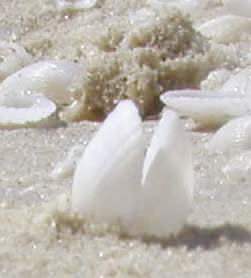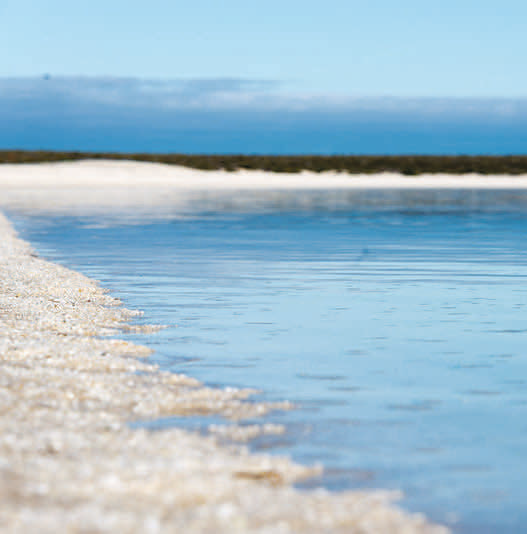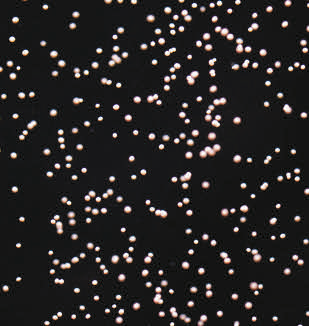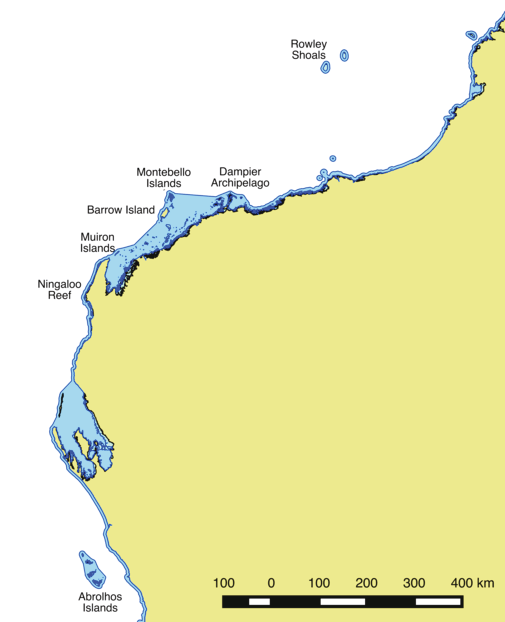Hamelin Cockle
Hamelin cockle
Fragum erugatum
Description

Also known as the Fragum cockle, this brown mollusc is enclosed in a tiny bivalve shell that appears pure white but is translucent when held up to light. It inhabits warm coastal waters and can live in very salty water. Shark Bay has one of the world’s few hypersaline marine environments and there are more cockles here than anywhere else in the world because, unlike the cockle, potential predators and competitors cannot survive in hypersaline waters.
Diet and habitat

Cockles are usually filter feeders but hypersaline waters are not rich in plankton so the Hamelin cockle relies on zooxanthellae, a single-celled photosynthetic algae living within the cockle’s soft body. The algae photosynthesise food for the cockle and help capture calcium carbonate for its shell. The cockle in turn provides the algae with a home in sheltered sunlit waters.
Breeding

Cockles are hermaphrodites—they have both male and female reproductive organs. Fragum cockles are thought to spawn once a year between winter and spring, releasing gametes into the sea to be fertilised. Larvae then drift until they settle on the seabed and metamorphose, transforming into cockles.
Distribution

Fragum erugatum occurs between the Dampier Archipelago in north-western Australia and the Houtman Abrolhos Islands near Geraldton. They are most abundant in the hypersaline reaches of Shark Bay.
Interesting fact
The maximum size of Fragum erugatum in the hypersaline Hamelin Pool is less than 12mm; in the slightly less salty L’haridon Bight it is just under 14mm; in regular ocean water at Dampier it is just over 19mm.
Fact sheet
SHARK BAY
World Heritage



